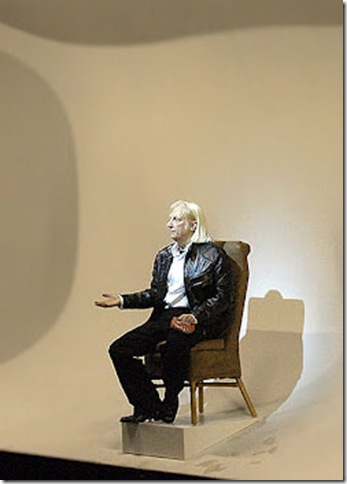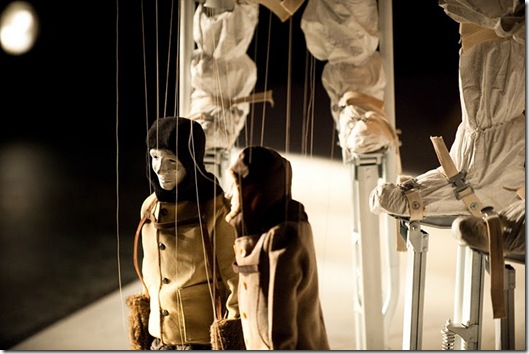Beyond a Joke: Where Suspension of disbelief is really stretched.
Talk about the willing suspension of disbelief. Derek Benfield’s Beyond a Joke requires acceptance of a concept stretched to the limit of credibility and beyond.
Six people have died suddenly while working at Jane and Andrew’s country house in England. Unfortunate accidents, it seems, but little wonder their daughter’s fiancé suspects murderous intent. And when the body count goes up, his suspicion seems justified.
It is extremely challenging for actors trying to maintain a semblance of normality in such a setup, even with a realistic and workable indoor/outdoor set, designed by Paul Gardner. All but one of the cast of the Ottawa Little Theatre production directed by Dorothy Ann Gardner rise to the challenge to some degree, but only one is entirely believable throughout and completely at ease with the Oscar Wilde comedic style of making the insignificant important and vice versa.
Sarah Hearn plays Andrew’s sister with total assurance as a pragmatic, no-nonsense woman, ready to roll up her sleeves to dispose of dead bodies or sit in an oasis of calm reading the newspaper.


